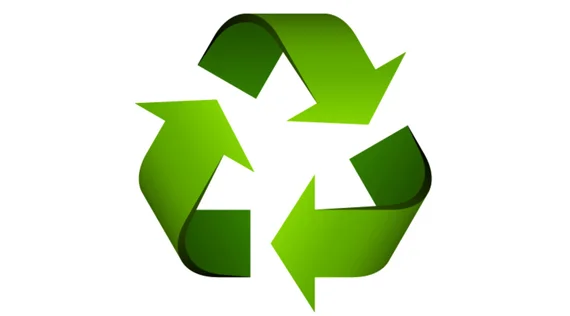
LOS ANGELES (Scrap Monster): Quemetco Inc., that operates a battery recycling and a secondary lead smelting facility at 720 S. 7th Ave, City of Industry, California has been notified by the South Coast Air Quality Management District (SCAQMD) of high arsenic emissions. The SCAQMD has ordered the company management to take necessary actions to reduce emission levels of arsenic and other toxic metals.
Background
The company’s lead recovery operation involves three steps- crushing, smelting and refining. During the first stage, used car batteries and other lead-containing materials are crushed into smaller pieces and plastic fragments are removed from these pieces. These pieces are dried in a rotary dryer and then fed into a furnace, where the pieces are converted to molten lead. The impurities that float on top are removed. The molten lead is then passed through several refining kettles and treated with antimony, arsenic, copper, nickel and tin to produce metal bars. The recovered plastic components are sold to a plastics recycling facility.
Notified in 2013
The SCAQMD had asked Quemetco to submit a Health Risk Assessment (HRA), following source test in November 2013 signifying elevated levels of arsenic emissions. The HRA submitted by the company in 2014 was approved in May 2016, but with a few revisions. According to the agency, the plant’s emissions in 2014 represented a cancer burden of 0.66 excess cancer cases. The state regulations state that the burden needs to be below 0.5 cases.
Recommended Actions
The health risk agency, in its revised cancer risk guidelines, had increased the calculated risk from arsenic by almost five-folds. The new guidelines increased Quemetco’s risk above SCAQMD’s regulatory risk thresholds, thereby requiring the company to initiate public notification and implement necessary actions to reduce risks caused by arsenic emission.
Quemetco needs to notify nearby residents and businesses of the elevated risk within 30 days. The notification process must be completed before June 16, 2016. In addition, the agency will also convene a public meeting to present the results of the HRA, whereby community will be allowed to log their feedback. The meeting will be held in the community near the facility in the next one to two months. Also, Quemetco is required to formulate a Risk Reduction Plan within 180 days and implement it no later than 3 years from the date of submission of the Plan.
Soil Pollution
The environmental evaluations that commenced during 1990’s had revealed that some areas around the facility were having lead content in soil exceeding government standards. The company had taken remedial action in many of these areas. However, the Department of Toxic Substances Control (DTSC) has notified that additional soil samplings and evaluations are required to determine the impact of past emissions on the surrounding community and to conclude on whether more soil-cleanup is necessary.
Quemetco will begin testing soil for lead and other contaminants in early summer. The tests will cover 230 residential properties, nearly 30 commercial sites and several public areas within a quarter-mile of the facility. In case, high lead levels are identified, testing will be expanded up to one mile radius from the plant. The high levels of lead during soil sampling may lead to cleanup action.
Lead risks
Lead is a toxic metal that can be harmful to children’s health even at low exposure levels. Young children, infants and fetuses are vulnerable to lead diseases as their bodies easily absorb lead and they are more sensitive to lead’s effects than adults. In children, low levels of exposure in children could cause damage to nervous system, thereby leading to learning disabilities, behavior problems and other health impacts. There are also evidences that lead could cause cancer in humans.
About Quemetco
Quemetco is a leading recycler of used lead-based batteries from vehicles and other lead bearing scrap in order to reclaim lead and other recyclable materials. It recycles approximately 10 million batteries every year, producing 120,000 tons of recycled lead for use in new products. In operation since 1959, the facility claims to be the cleanest lead recycling facility in the world.
| Copper Scrap View All | |
| Alternator | 0.32 (0.01) |
| #1 Copper Bare Bright | 3.77 (0.07) |
| Aluminum Scrap View All | |
| 356 Aluminum Wheels (Clean) | 0.73 (0.02) |
| 6061 Extrusions | 0.64 (0.02) |
| Steel Scrap View All | |
| #1 Bundle | 475.00 (0) |
| #1 Busheling | 495.00 (0) |
| Electronics Scrap View All | |